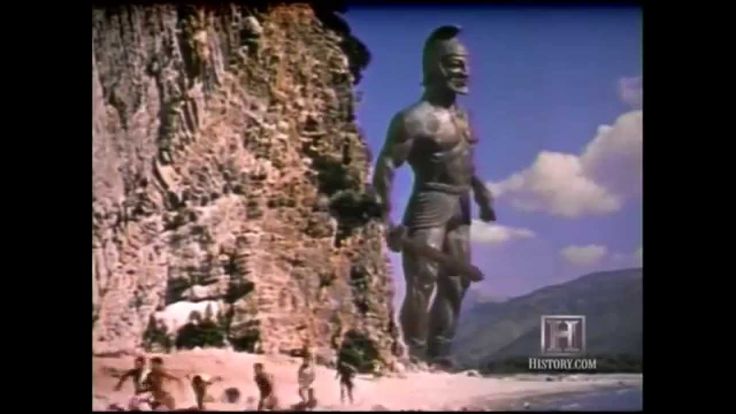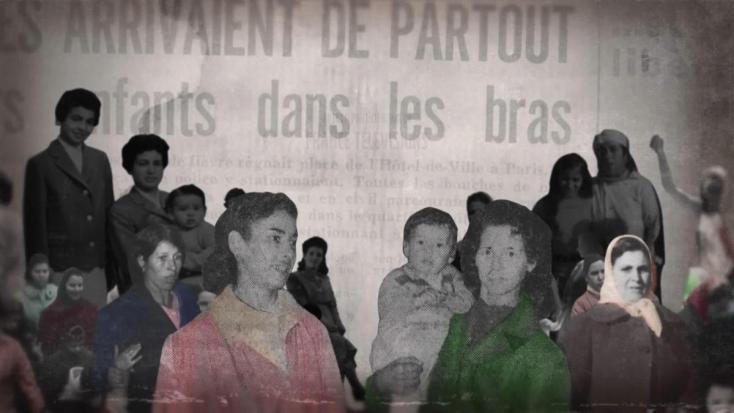The Giants And Their Legendary Past

Table of Contents
Giants in Mythology: Across Cultures and Time
The prevalence of giants in mythology is striking, demonstrating a universal fascination with beings of immense size and power. These legendary giants often serve as archetypal figures, embodying both awe-inspiring strength and terrifying threats. Their stories reveal much about the beliefs, fears, and societal structures of the cultures that created them.
-
Norse mythology (Jötnar): In Norse mythology, the Jötnar, or giants, are a powerful and primordial race. They are often depicted as chaotic and unpredictable, inhabiting the icy realms of Jotunheim. Ymir, the primordial giant, is a significant figure, from whose body the cosmos itself was created. Their conflicts with the Aesir gods, such as Thor's battles against giants like Hrungnir, form pivotal moments in Norse mythology, highlighting the precarious balance between order and chaos.
-
Greek mythology (Gigantes): Greek mythology features the Gigantes, a race of giants who waged war against the Olympian gods in the Gigantomachy. These giants possessed immense strength and supernatural powers, often wielding weapons like boulders and mountains. Notable figures like Typhon, a monstrous giant with a hundred dragon heads, posed a significant threat to Zeus and the Olympian pantheon. Their defeat cemented the supremacy of the Olympian gods.
-
Celtic mythology: Celtic folklore also includes giants, though their depictions vary across different Celtic traditions. Some are depicted as monstrous figures, while others hold more ambiguous roles, sometimes acting as guardians or even wise figures. Specific examples often depend on the local legends and stories passed down through generations. These giant figures, often linked to specific landmarks, contribute to the rich and varied narratives of Celtic mythology.
-
Other cultures: The concept of giants appears in numerous other mythologies worldwide. In Abrahamic traditions, the Nephilim are often interpreted as offspring of fallen angels and human women, possessing immense size and power. These giants are often associated with wickedness and destruction. Similar figures with giant-like characteristics exist in many other cultures' folklore, each reflecting unique cultural beliefs and anxieties.
Interpreting Giant Legends: Historical Perspectives
While many view giants purely within the realm of mythology and folklore, some seek historical interpretations for the legends surrounding these figures. These interpretations, however, are often speculative and require careful consideration.
-
The possibility of exaggeration and misinterpretation of ancient discoveries: The discovery of fossilized bones of extinct megafauna, such as mammoths or dinosaurs, might have been misinterpreted by ancient peoples as the remains of giants. The sheer size of these bones could easily fuel legends of gigantic humanoids.
-
The influence of environmental factors: Conditions such as gigantism, a hormonal disorder that causes excessive growth, could have contributed to the belief in unusually tall individuals. While not creating actual giants in the mythical sense, such cases could have fueled and exaggerated the legends.
-
Analysis of giant legends in relation to ancient societal structures and beliefs: The role of giants in mythology often reflects the societal concerns and beliefs of the time. For instance, giants might symbolize external threats, uncontrollable forces of nature, or challenges to established power structures.
-
Scientific perspectives on the plausibility of extremely tall humanoids: From a purely biological perspective, the existence of humanoids of the size depicted in many legends is highly improbable. The skeletal structure and physiological limitations of humans would make such immense size unsustainable.
The Enduring Appeal of Giants in Modern Culture
The fascination with giants persists in contemporary society. Their enduring appeal is evident in their continued presence in popular culture.
-
Examples of giants in popular fiction (books, movies, video games): From the giants of Jack and the Beanstalk to the colossal creatures in fantasy films, the image of the giant continues to capture the imagination of storytellers and audiences alike. Many modern depictions utilize giants to represent both wonder and terror, often reflecting the anxieties and hopes of modern society.
-
The symbolic meaning of giants in art and literature: Giants often serve as powerful metaphors in art and literature. They represent forces beyond human control, the unknown, and the potential for both immense power and overwhelming destruction. The imagery associated with giants can be profoundly evocative, resonating with audiences across generations.
-
The use of giants as metaphors for power, fear, and the unknown: Giants embody the fear of the unknown and the awe-inspiring power of nature, embodying forces that can be both beneficial and devastating.
Conclusion
The enduring legacy of giants in mythology, folklore, and popular culture reveals a deep-seated human fascination with the extraordinary. Their presence in diverse mythologies worldwide highlights the universal human tendency to grapple with concepts of power, fear, and the unknown. While the historical plausibility of extremely tall humanoids remains doubtful, the legends and stories surrounding giants continue to enrich our understanding of human history, beliefs, and creativity. Continue your exploration into the world of the giants and their legendary past by researching resources on specific mythologies, historical interpretations, or fictional portrayals of giants. Share this article with others interested in mythology, folklore, and history!

Featured Posts
-
 Valencia Vs Sevilla 5 Encuentros Epicos
May 14, 2025
Valencia Vs Sevilla 5 Encuentros Epicos
May 14, 2025 -
 Cote D Or Regards Sur Les Tensions Franco Algeriennes
May 14, 2025
Cote D Or Regards Sur Les Tensions Franco Algeriennes
May 14, 2025 -
 Expandiendo El Alcance De Hope Help En Haiti Un Analisis De Su Impacto
May 14, 2025
Expandiendo El Alcance De Hope Help En Haiti Un Analisis De Su Impacto
May 14, 2025 -
 Chinas Lithium Export Restrictions A Boon For Eramet
May 14, 2025
Chinas Lithium Export Restrictions A Boon For Eramet
May 14, 2025 -
 Mission Impossible Dead Reckonings New Streaming Home
May 14, 2025
Mission Impossible Dead Reckonings New Streaming Home
May 14, 2025
